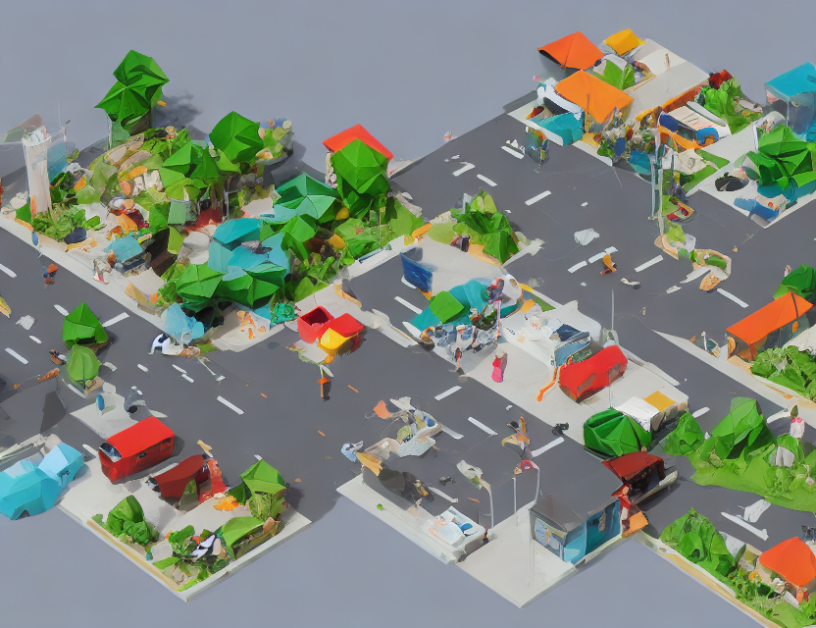Imagine you’re at a cocktail party, and you want to segregate the guests into different groups based on their attire. You only have a few examples from each group to guide you – not enough to train a machine learning model from scratch! This is the challenge of "few-shot segmentation," where we adapt existing models to learn new tasks with minimal data. In this article, we’ll explore recent approaches to overcome this obstacle in computer vision tasks.
Related Work
Think of few-shot segmentation as a treasure hunt. Traditional methods rely on large datasets for training, like a well-stocked treasure chest. However, these methods struggle when faced with new situations or objects (e.g., unseen clothes). To overcome this limitation, researchers proposed "prototype-guided" approaches, which use a few examples to create a set of prototypes that represent each class (like a map with landmarks). These prototypes help navigate the new task (treasure hunt) more efficiently.
Key Ideas
- Few-shot segmentation is a challenge because we need to adapt existing models to learn new tasks quickly, like solving a Rubik’s cube without a guide.
- Prototype-guided approaches use a few examples to create prototypes that represent each class, like a map with landmarks. These prototypes help navigate the new task more efficiently.
- Masked average pooling (MAP) is used to extract global or local average prototypes from the backbone features of support images.
- Attention mechanisms are employed to focus on specific parts of the input image when using few-shot segmentation. This is like a spotlight highlighting important details in a dark room.
New Ideas
In this article, we introduce several new ideas that can help overcome the challenges of few-shot segmentation:
- Compacter: Efficient low-rank hypercomplex adapter layers are proposed to reduce computational complexity without sacrificing accuracy. This is like using a shortcut through the forest instead of walking around it.
- Learning what not to segment: A new perspective on few-shot segmentation emphasizes identifying and ignoring irrelevant information, like removing unnecessary furniture in a room.
- Hypercorrection: Regularization techniques are proposed to improve the generalization of few-shot segmentation models, like correcting imbalanced weights on a seesaw.
Conclusion
Few-shot segmentation is an exciting area of research that helps us adapt existing models to learn new tasks quickly. By leveraging prototypes, attention mechanisms, and regularization techniques, we can overcome the challenges of few-shot segmentation and achieve better results in computer vision tasks. Imagine having a magic wand that lets you solve any task with minimal effort – that’s what few-shot segmentation feels like!



